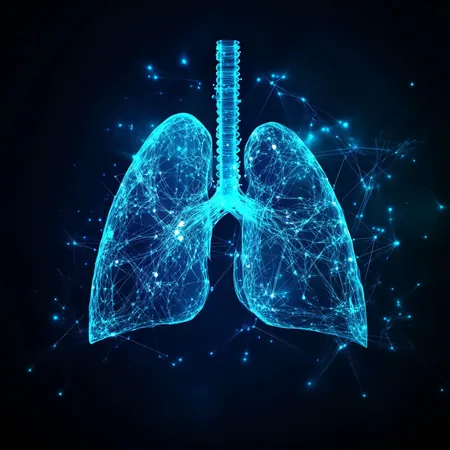
Shocking Study Reveals Pandemic's Disturbing Impact on Teen Mental Health: Girls at Higher Risk!
2024-09-26
Introduction
The COVID-19 pandemic has reshaped the lives of teenagers, shoving them into a world where significant milestones like starting high school, celebrating birthdays, or even graduating were celebrated largely from behind computer screens. This unprecedented isolation has taken a toll, but a groundbreaking study from the University of Washington has uncovered alarming differences between teen boys and girls.
Key Findings
According to recent findings, teen girls have experienced a significantly more adverse impact during lockdown compared to their male counterparts. Researchers discovered that the brains of teen girls aged more than four years in the same period, while boys aged just over one year. This raises questions about what these changes could mean for their long-term mental health.
Need for Support
Neva Corrigan, the principal investigator of the study, emphasizes the urgent need for enhanced mental health support for adolescents. "Intervention doesn't have to wait for a full-blown episode of depression or anxiety. We can prevent them with proactive mental health resources like counseling," Corrigan stated.
Research Background
Originally, in 2018, researchers analyzed the brain activity of 160 teens aged 9 to 17, tracking their neurological development over two years. Due to the pandemic, they added a year before gathering these youths again for follow-up scans. The results were unexpected—evidence showed significant cortical thinning in teenage girls' brains, particularly in areas related to social interactions.
Implications of Brain Changes
"This thinning is basically the brain's way of pruning itself as it ages; however, it also limits the brain's plasticity, increasing susceptibility to mental health issues," explained Corrigan. Teenage girls, who already display a higher rate of anxiety and depression compared to boys, were particularly vulnerable during the pandemic as they lost crucial social support networks.
Statistics and Crisis
The Centers for Disease Control and Prevention corroborated these findings, noting a troubling spike in mental health crises among children and teens. Following the onset of the pandemic, reports of self-harm and psychological issues surged, and emergency room visits for teen girls skyrocketed for conditions like eating and tic disorders—tripling in some areas.
Observations from Experts
Moreover, experts working directly with adolescents are observing these shifts firsthand. Tammy Huson, a school counselor, reported increased anxiety and confidence drops among girls, while boys are showing a tendency towards withdrawal and decreased emotional expression. These behavioral changes are being attributed to fears cultivated during the pandemic, compounded by the anxieties of their parents.
Importance of Nurturing Relationships
Peter Faustino, president of the National Association of School Psychologists, shared that positively nurturing relationships and healthy routines are vital for helping teens recover from this traumatic period. He encouraged parents to engage with their children’s teachers and counselors for tailored advice, as many of the struggles may not be overt.
Future Research
What does this mean for the future? Corrigan indicated that further research is critical to ascertain whether the accelerated brain aging observed in teens will continue or if their brains will adapt and slow this process down. Regardless, parents and caregivers are urged to provide emotional support, open communication, and encourage social interactions.
Conclusion
This study serves as a wake-up call about the critical importance of maintaining social connections during turbulent times. As families navigate the post-pandemic world, fostering healthy relationships and addressing mental health needs will be paramount in aiding our youth's recovery from the long-lasting effects of isolation.
Final Thoughts
Ultimately, this study not only highlights the different impacts of the pandemic on teen boys and girls but also opens the floor for discussions on how we can collectively support our young generations. The question remains: How can we rectify our approach and prioritize mental health in an ever-evolving world?



 Brasil (PT)
Brasil (PT)
 Canada (EN)
Canada (EN)
 Chile (ES)
Chile (ES)
 España (ES)
España (ES)
 France (FR)
France (FR)
 Hong Kong (EN)
Hong Kong (EN)
 Italia (IT)
Italia (IT)
 日本 (JA)
日本 (JA)
 Magyarország (HU)
Magyarország (HU)
 Norge (NO)
Norge (NO)
 Polska (PL)
Polska (PL)
 Schweiz (DE)
Schweiz (DE)
 Singapore (EN)
Singapore (EN)
 Sverige (SV)
Sverige (SV)
 Suomi (FI)
Suomi (FI)
 Türkiye (TR)
Türkiye (TR)